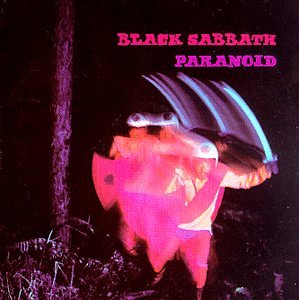
Virtual reality tube ride reveals extent of public paranoia
A virtual reality Underground ride has been used by Institute of Psychiatry at King’s researchers to reveal the extent that paranoia occurs in the general public. The research, led by psychologist Dr Daniel Freeman, and funded by the Wellcome Trust, demonstrates that suspicious or paranoid thoughts are much more common in the general population than was previously thought and that they are almost as common as anxiety and depression.
[…]
Wearing virtual reality headsets, 200 volunteers broadly representative of the general population walked around a virtual London underground carriage in a four-minute journey between station stops. The carriage contained neutral computer people (avatars) that breathed, looked around, and sometimes met the gaze of the participants. One avatar read a newspaper, another would occasionally smile if looked at. A soundtrack of a train carriage was played.Dr Freeman and colleagues found that the participants interpreted the same computer characters very differently. The most common reaction was to find the virtual reality characters friendly or neutral, but almost 40% of the participants experienced at least one paranoid thought. […]it was found that those who were anxious, worried, focused on the worst-case scenarios and had low self-esteem were the most likely to have paranoid thoughts.















I’m glad to see Dr Freeman returning to science. Sure he kicks as in that Environmental suit, but we all know his true love is science.
You know riding the trains at the beginning of both Half Lives maed em paranoid too.
That was one of my favorite albums!
Black Sabbath ruled back then.
I was going to leave a Comment but then it occurred to me Uncle Dave might be out to get me.
Ahhh, you left a comment, so he DID get you.
It’s not paranoia if they’re really after you. With this disguise, Uncle Dave will never find me!
Interesting article.
Wait a minute. It doesn’t say how they determined that someone was having a “paranoid thought”. Did they push some kind of button announcing this. It’s not like they can read these thoughts with PC software. If they could, that would be bigger news that this lame study. So somewhere along the way they must be using a proxy telltale. Something that supposedly is indicative of paranoia. But that’s about as 100% infalible as polygraphs aren’t about truthfullness! Like the Milgram test of obedience, this experiment sounds more like it’s a test of how willing we are to believe these scientists know jack, and what jack’s thinking?
did you hear that?